
In spite of the availability of effective treatments, asthma is not always well controlled among teenagers. An investigation examines whether using peers to helm education efforts can lead to improved outcomes.
Ms. Hester is Content Specialist with Contemporary OB/GYN and Contemporary Pediatrics.

In spite of the availability of effective treatments, asthma is not always well controlled among teenagers. An investigation examines whether using peers to helm education efforts can lead to improved outcomes.

Physical and sexual violence while on a date can have long-term traumatic effects for teens and adolescents. A metanalysis examines whether prevention programs are effective at reducing the incidence of violence.

A new poll offers insight into what parents are doing to encourage young children to express gratitude.

The US Food and Drug Administration has accepted a Priority Review of the pneumococcal 15-valent conjugate vaccine VAXNEUVANCE™ in children aged 17 years and younger.
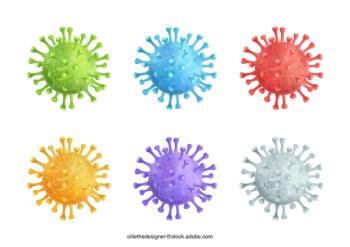
The US Food and Drug Administration (FDA) is currently investigating whether the new COVID-19 variant will evade current mitigation strategies and diagnostic tools.

A report offers insight into how the Women’s Wellness through Equity and Leadership program performed during its pilot phase.
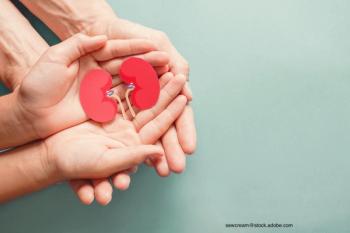
Diabetic kidney disease is a major cause of end-stage kidney failure. Does acute kidney injury during diabetic ketoacidosis in children with type 1 diabetes increase the risk of future kidney disease?

Contemporary Pediatrics sat down with Andrew J. Schuman, MD, FAAP, to discuss the nuances of the update.

Sometimes Kawasaki disease doesn’t respond to treatment. An investigation looks into whether a second course of standard treatment performed better than treating with infliximab.
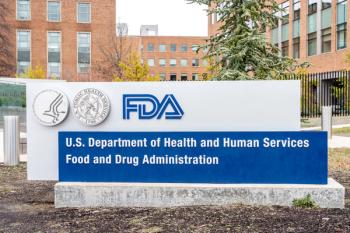
The US Food and Drug Administration (FDA) has approved VOXZOGO™ (vosoritide) for use in children aged 5 years and older who have open growth plates and achondroplasia.

Surviving a bout of cancer early in life puts children and teenagers at risk of cancers linked to human papillomavirus (HPV). A phase 2 trial examined how effective a 3-dose series was in providing protection.

Contemporary Pediatrics sat down with editor-in-chief Dr. Tina Q. Tan to discuss the authorization of the Pfizer/BioNTech vaccine for use in many children as well as what lies ahead in the vaccine pipeline for the pediatric population.

The National Institutes of Health announced the launch of a long-term study into the long ranging outcomes of recovering from COVID-19 in children, adolescents, and young adults.

Skin cancer is on the rise. Knowing what teenagers and adolescents understand about protecting skin from the sun and how well they’re using that information can be important to changing that trend.

An investigation examines whether safety communications from the US Food and Drug Administration (FDA) in 2017 and 2018 led to reductions in the prescription of cough and cold medications with codeine and hydrocodone.

Contemporary Pediatrics sat down with editor-in-chief Dr. Tina Q. Tan to discuss the what lies ahead in the vaccine pipeline for the pediatric population.
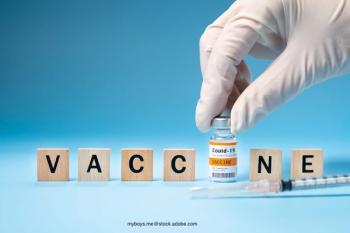
Ocugen, Inc. has submitted a request to the US Food and Drug Administration for emergency use authorization (EUA) for their COVID-19 vaccine candidate for use in children aged 2-18 years.
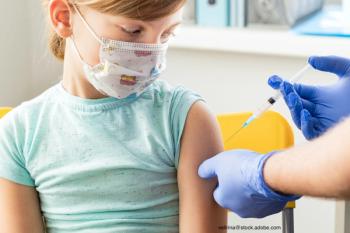
Contemporary Pediatrics sat down with editor-in-chief Dr. Tina Q. Tan to discuss the approval of the COVID-19 vaccine for children aged 5 to 11 years and conversations with parents.

Lack of health care utilization can lead to disparities and suboptimal care outcomes. A new investigation examines whether lesbian, gay, and bisexual (LGB) teenagers struggle with accessing needed care.

In spite of the best efforts of patients and caregivers, medication errors are all too common. A new policy statement offers multiple suggestions to decrease their incidence.

The editorial staff of Contemporary Pediatrics attended a number of sessions at the virtual 2021 American Academy of Pediatrics National Conference & Exhibition. Here are some quick bite takes of some of those sessions.

The US Food and Drug Administration (FDA) committee voted on whether the emergency use authorization should be extended to children aged 5 to 11 years.

When a patient has both substance use disorder and major depression, how likely is it that both will be treated successfully, and what populations may not be getting all of the needed treatment?

Social media apps have found a new audience in the many children who now carry a smartphone to keep in touch with parents and want to emulate older siblings and peers. A poll looks at whether they are using it safely.

Seqirus’s FLUCELVAX® cell-based quadrivalent influenza vaccine has been approved to expand the age indication to children as young as 6 months of age by the US Food and Drug Administration.

Can health literacy help improve outcomes for pediatric to adult transitions for patients with spina bifida?
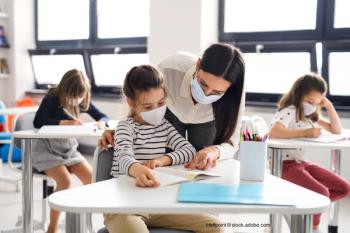
A look at what the pandemic and its many changes meant for the education of children with disabilities, presented at the virtual 2021 American Academy of Pediatrics National Conference & Exhibition.

Nonadherence to medication is a frustrating element of treating patients, particularly those with chronic conditions. A session at the virtual 2021 American Academy of Pediatrics National Conference & Exhibition offers insight into the common causes behind it and how to improve adherence.

A session at the virtual 2021 American Academy of Pediatrics National Conference & Exhibition shared how books can help families build the resilience that can aid in weathering stressful times.

Treating dermatologic conditions in skin of color requires cultural awareness and sensitivity, in addition to being aware of how presentation may differ. At the virtual 2021 American Academy of Pediatrics National Conference & Exhibition, a session offered clinical pearls.